Welcome to the captivating world of European interior design! Join me as we explore the diverse styles that define this rich cultural heritage.
The Essence of European Interior Design
European interior design is a reflection of the continent’s diverse cultures, history, and art. Each style not only showcases aesthetic beauty but also tells a story. Having traveled extensively through Europe, I’ve experienced various design styles firsthand—from the minimalist charm of Scandinavia to the opulent flair of Italian interiors.
Key European Interior Design Styles
1. Scandinavian Design
Known for its simplicity and functionality, Scandinavian design emerged in the early 20th century. It emphasizes natural light, muted colors, and minimalistic decor.
Features of Scandinavian Design
- Neutral color palettes
- Natural materials like wood and leather
- Functional furniture with clean lines Incorporation of plants and natural elements
Pros and Cons
| Pros | Cons |
|---|---|
| Timeless appeal | Can feel cold if not accessorized well |
| Encourages organization | Limited color variations |
| Promotes an airy feel | Requires quality materials for longevity |
Incorporating Scandinavian Design
To achieve Scandinavian elegance, focus on airy spaces, light woods, and soft textiles. A few well-placed plants can also bring life into your home.
2. Italian Design
Italian interior design is synonymous with luxury, combining history and contemporary aesthetics. It’s characterized by lavish fabrics, intricate details, and a strong connection to craftsmanship.
Features of Italian Design
- Rich color schemes
- Luxurious fabrics and textures
- Elegant furniture with ornate details
- Artistic decor elements
Pros and Cons
| Pros | Cons |
|---|---|
| Rich in cultural heritage | Can be expensive |
| Exudes luxury | May require regular upkeep |
| Highly customizable | Can feel cluttered if overdone |
Incorporating Italian Design
To incorporate Italian design in your home, opt for statement furniture pieces and rich textiles. Layering textures can enhance the luxurious feel.
3. French Country Design
French Country design blends elegance with a rustic charm. It draws inspiration from the French countryside, focusing on warm colors, varied textures, and vintage pieces.
Features of French Country Design
- Pastel colors and floral patterns
- Antique furniture
- Rustic materials like stone and wood
- Functional yet decorative items
Pros and Cons
| Pros | Cons |
|---|---|
| Warm and inviting feel | Can look dated if not balanced |
| Highly personalized decor | Requires maintenance for antique pieces |
| Perfect for creating a cozy atmosphere | Mixing styles can be tricky |
Incorporating French Country Design
Use soft colors, floral prints, and vintage items to create the French Country style. A beautifully set dining table can also draw in this aesthetic seamlessly.
4. English Cottage Design
Capturing the essence of cozy countryside living, English Cottage design emphasizes comfort and charm through eclectic decor, floral motifs, and natural materials.
Features of English Cottage Design
- Warm, earthy colors
- Mix of vintage and modern decor
- Floral prints and patterns
- Comfortable furnishings
Pros and Cons
| Pros | Cons |
|---|---|
| Inviting and homey atmosphere | Can look disorganized if overdone |
| Flexibility in decor choices | May clash with other styles |
| Great for showcasing personal belongings | Requires careful balancing of elements |
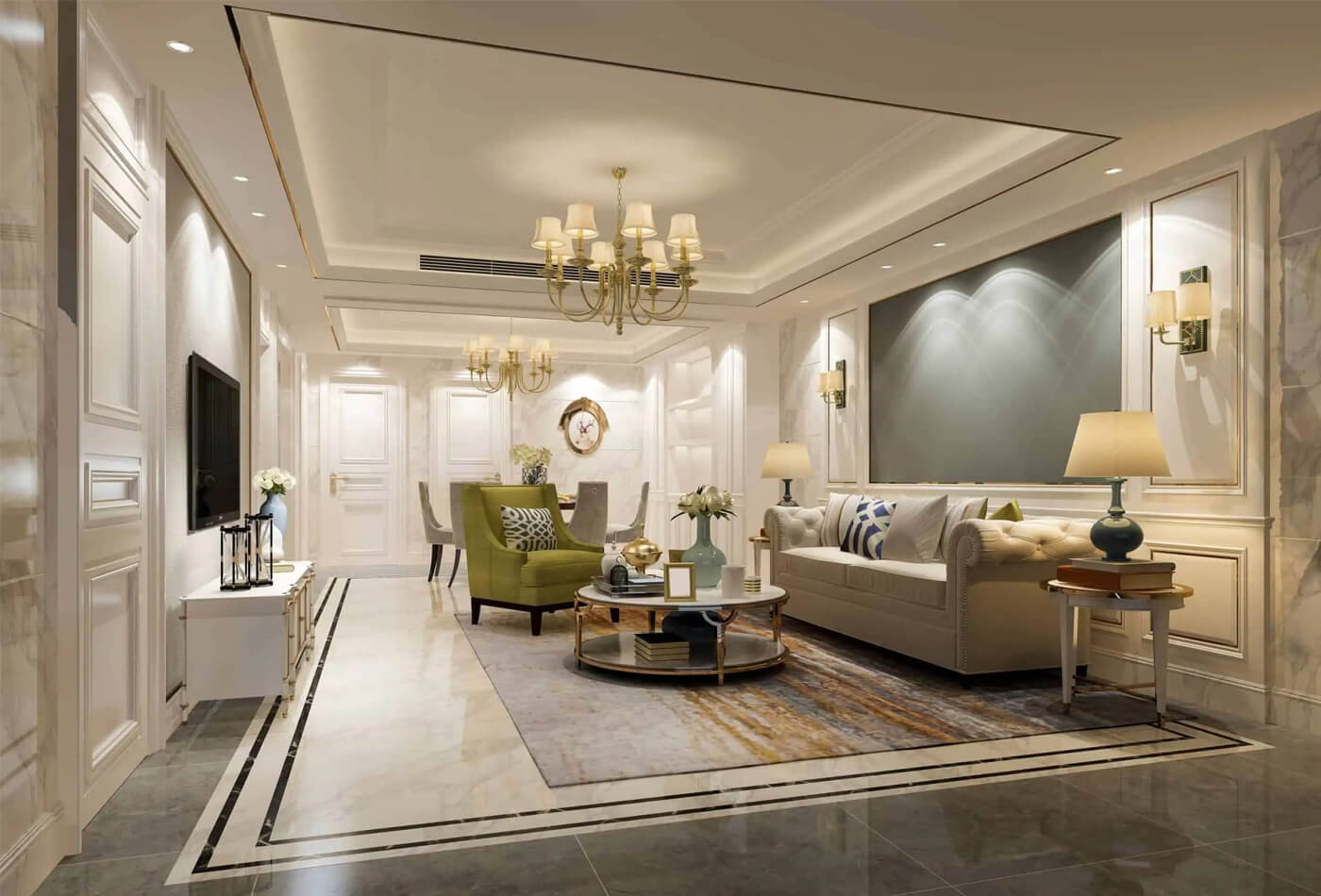
Incorporating English Cottage Design
Layering textures and combining various furniture styles create the perfect English Cottage vibe. Don’t be afraid to mix patterns and colors for an authentic but cohesive look!
5. Mediterranean Design
Embracing the warmth of the sun-soaked coastlines, Mediterranean design features vibrant colors, rustic textures, and an abundance of natural light.
Features of Mediterranean Design
- Bold, bright colors
- Textured walls and ceilings
- Classic tiles and mosaics
- Indoor-outdoor living spaces
Pros and Cons
| Pros | Cons |
|---|---|
| Warm and inviting atmosphere | Can feel overwhelming with too many colors |
| Strong connection to nature | Some elements may require high maintenance |
| Great for entertaining | May not suit all climates or preferences |
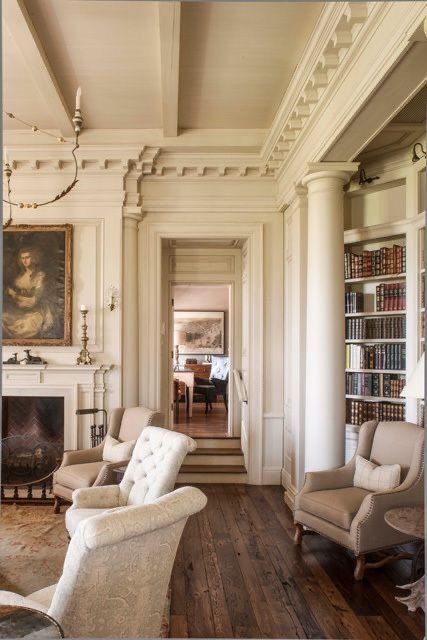
Incorporating Mediterranean Design
To bring the Mediterranean into your home, focus on creating relaxed, airy spaces with bold color accents and natural textures.
6. Modern European Design
Modern European design is a fusion of contemporary aesthetics with traditional European elements. It emphasizes clean lines, functionality, and a minimalist approach.
Features of Modern European Design
- Neutral colors with bold accents
- Simple yet functional furniture
- Open space concepts
- Use of innovative materials
Pros and Cons
| Pros | Cons |
|---|---|
| Timeless and versatile | Can appear stark if not accessorized |
| Highly functional layout | Less personalization than eclectic styles |
| Focus on sustainability and innovation | Requires knowledge of modern design trends |
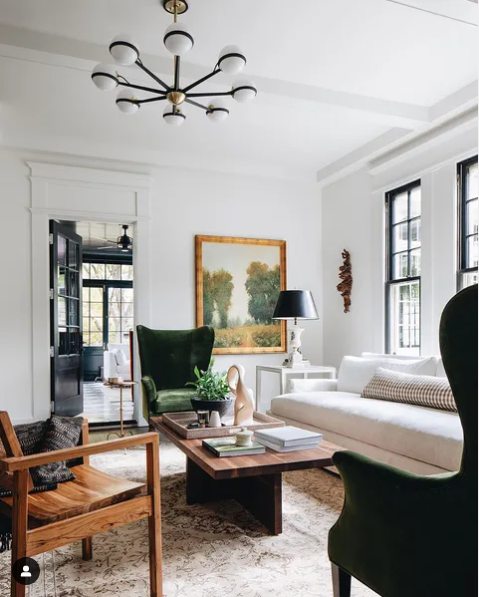
Incorporating Modern European Design
Implement modern European style by selecting multifunctional furniture and emphasizing open layouts. Use bold art pieces to add character to the space.
Comparison of European Interior Design Styles
| Style | Key Features | Appropriate Settings |
|---|---|---|
| Scandinavian | Minimalistic, light colors, functional | Urban apartments, modern homes |
| Italian | Luxurious, ornate, rich colors | Classical homes, luxurious spaces |
| French Country | Warm, rustic, vintage | Country homes, cozy spaces |
| English Cottage | Cozy, eclectic, floral | Suburban homes, cozy retreats |
| Mediterranean | Vibrant colors, rustic, open spaces | Coastal homes, warm climates |
| Modern European | Functional, simple, clean lines | Contemporary apartments, modern homes |
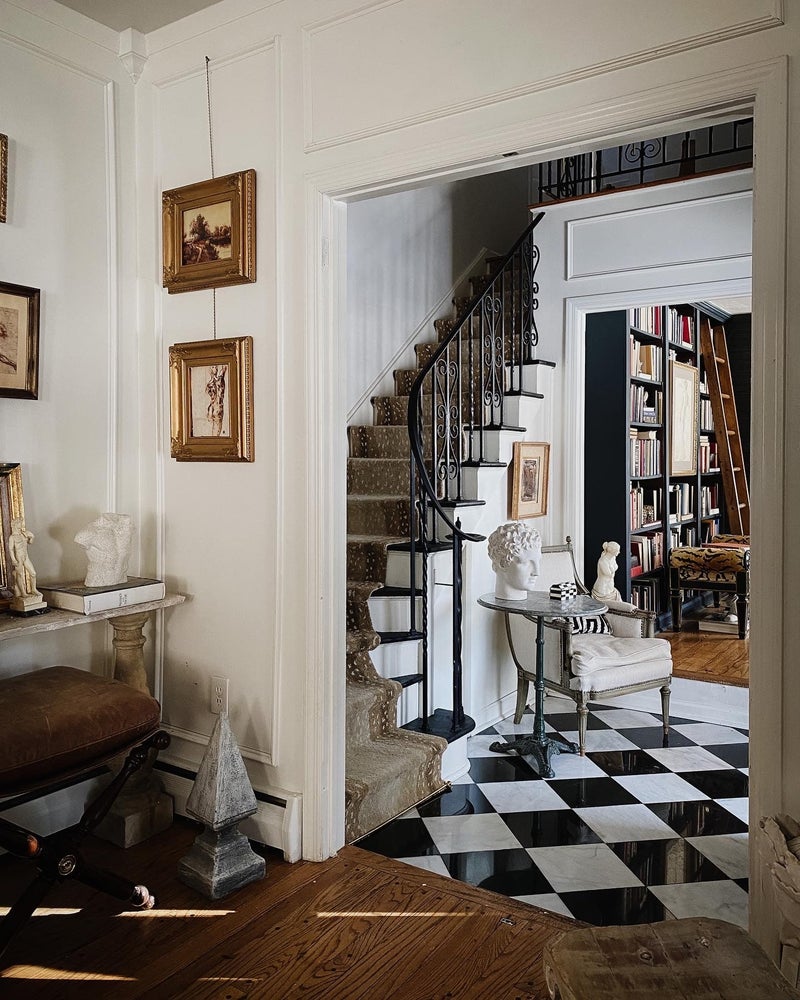
Personal Reflections on European Interior Design
Throughout my travels, I’ve grown increasingly enamored with European design styles. Each style resonates with me in unique ways—Scandinavian simplicity ignites my love for minimalism, while the richness of Italian design inspires my appreciation for artistry and craftsmanship.
Next time you’re considering a home makeover, I encourage you to reflect upon your personal experiences with each style. What feels the most ‘you’? Where have you felt most at home? This is your opportunity to express yourself and create a space that tells your story.
FAQs About European Interior Design
What are the main characteristics of European interior design?
European interior design encompasses a variety of styles, each with unique traits. Common features include a focus on craftsmanship, a blend of comfort and elegance, and a strong connection to cultural heritage.

How can I mix different European design styles in my home?
Mixing different European design styles can be a fun way to showcase your personality. Start with a neutral base, and introduce key pieces from various styles. Be cautious not to overcrowd the space; balance is key!
What is the best European design style for small spaces?
Scandinavian design is particularly suited for small spaces due to its emphasis on functionality, light colors, and minimalistic furniture that doesn’t overwhelm the room.
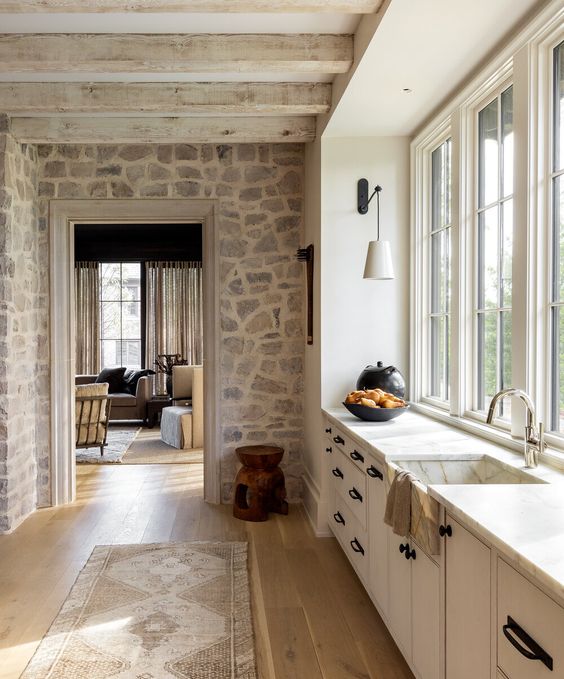
Can I create a European design style on a budget?
Absolutely! Thrift stores, flea markets, and DIY projects are great ways to capture the essence of European design without breaking the bank. Focus on key pieces that reflect the style you love.